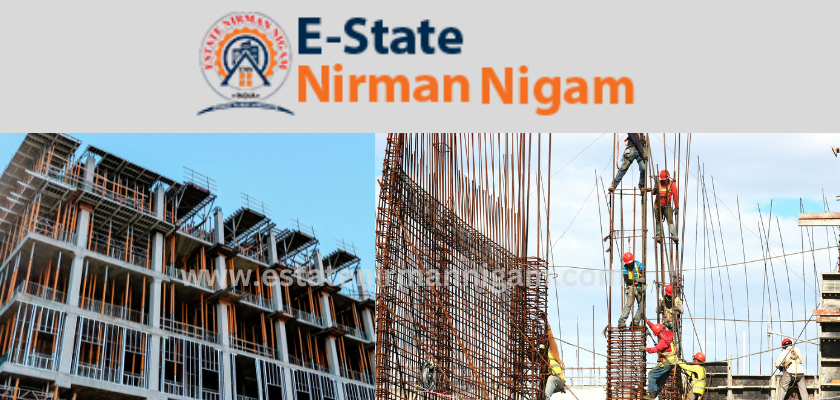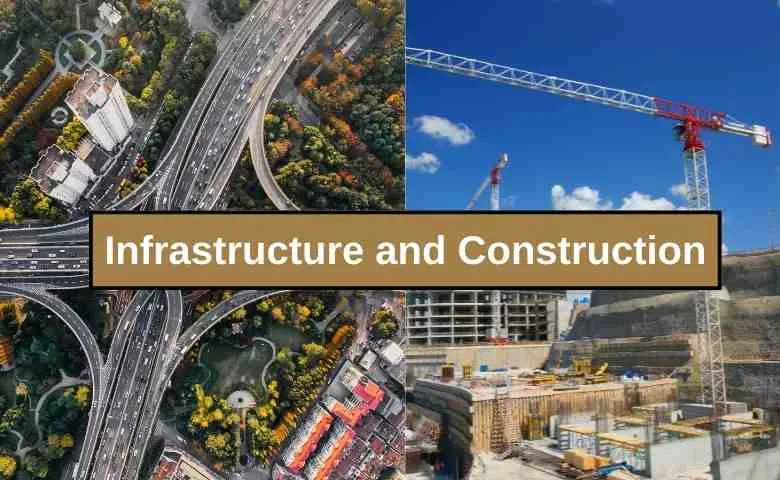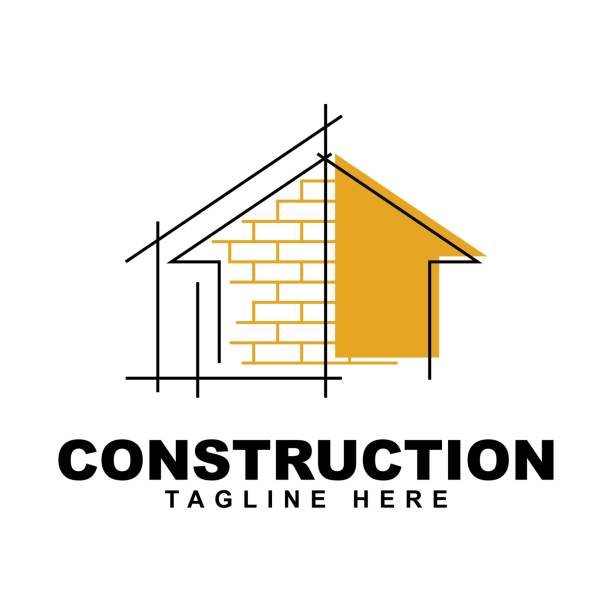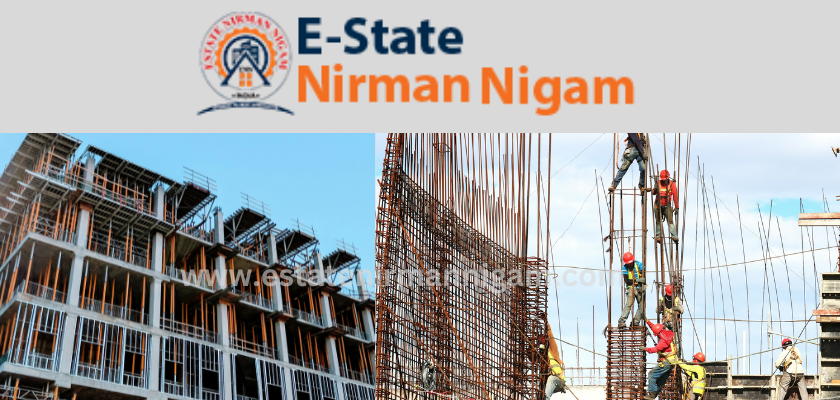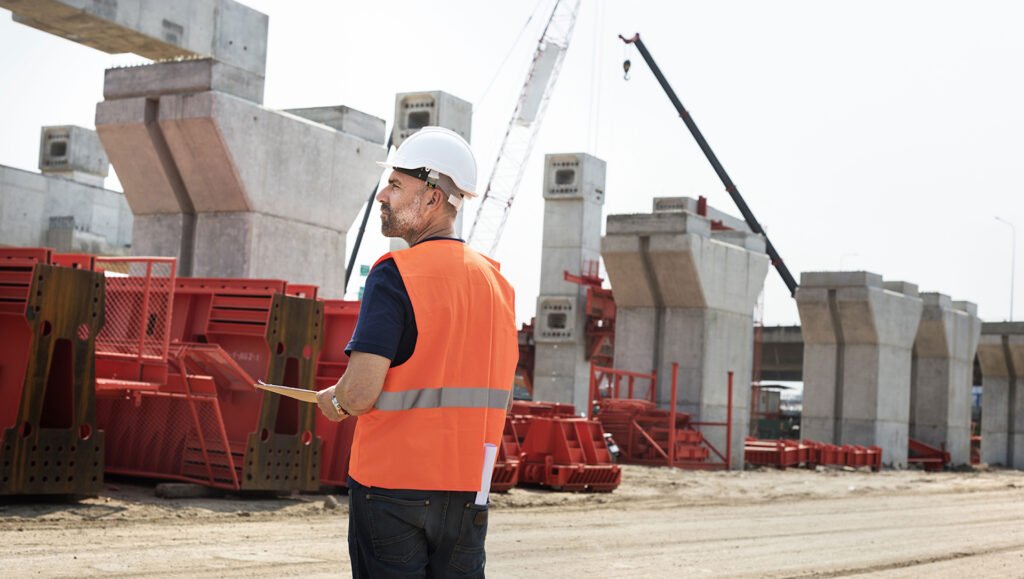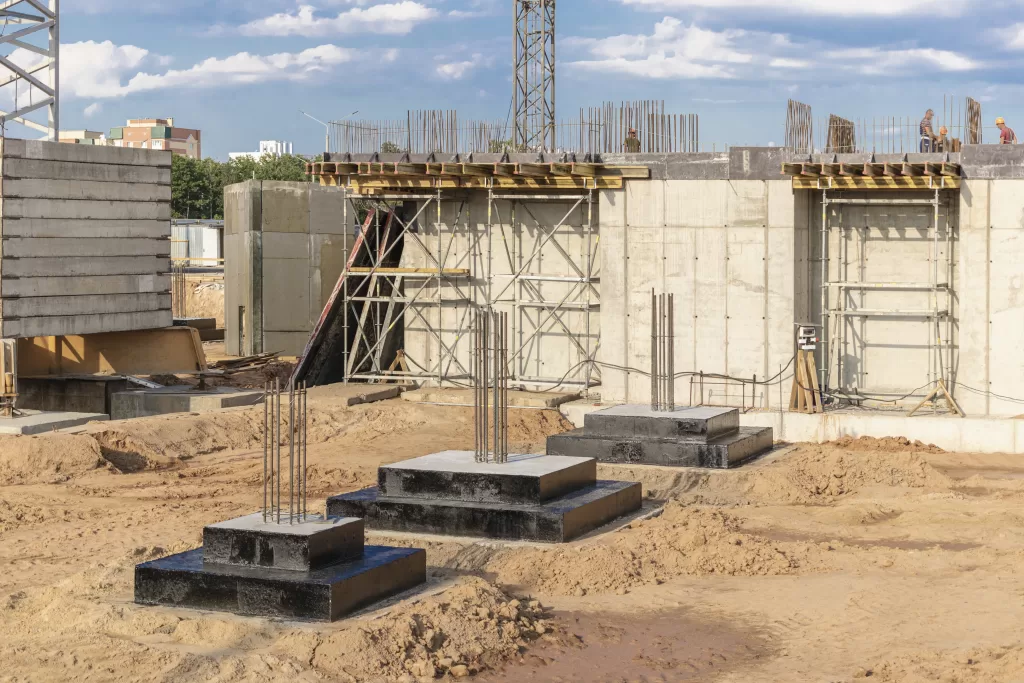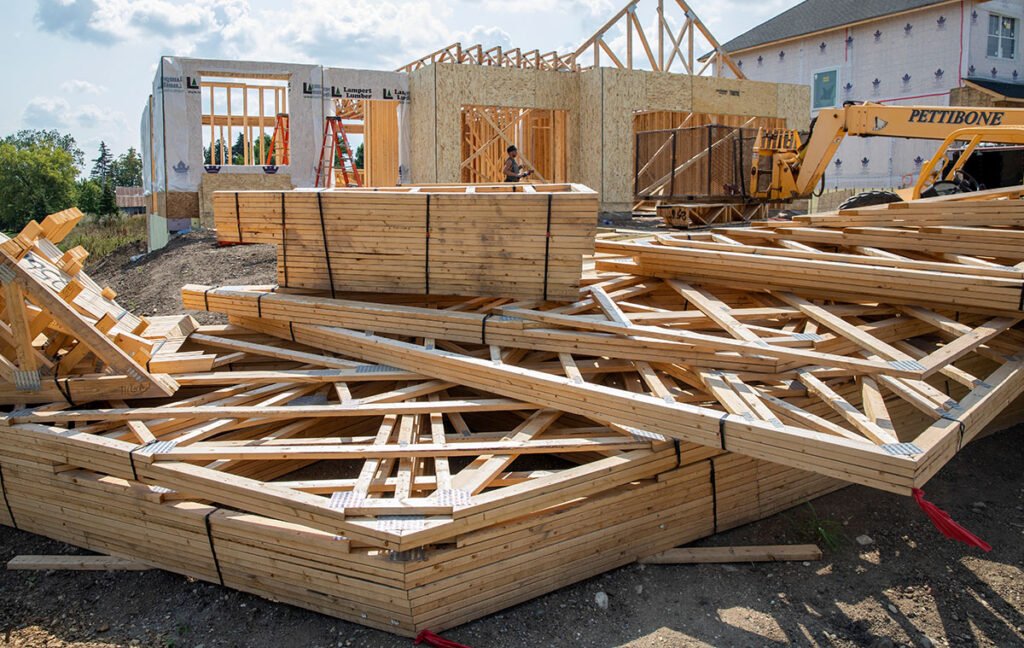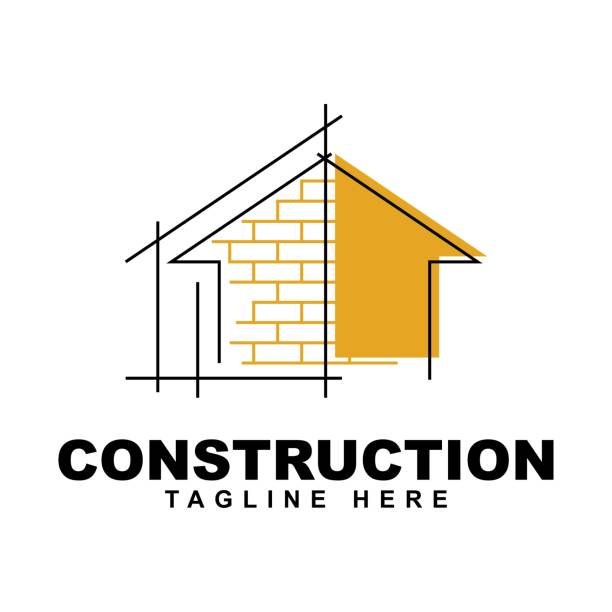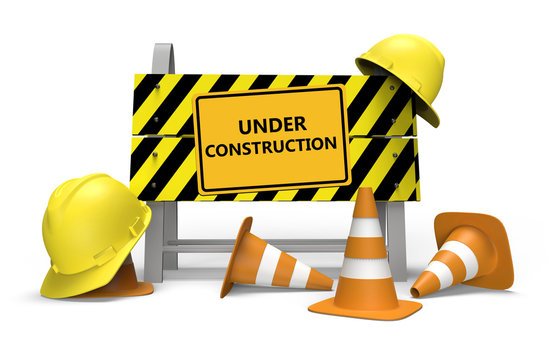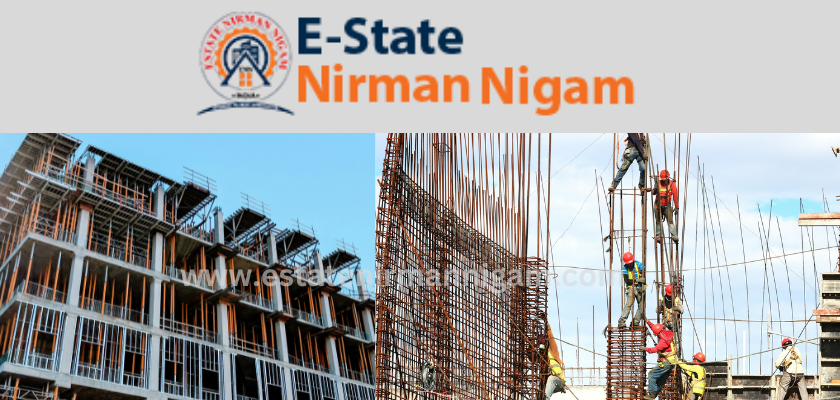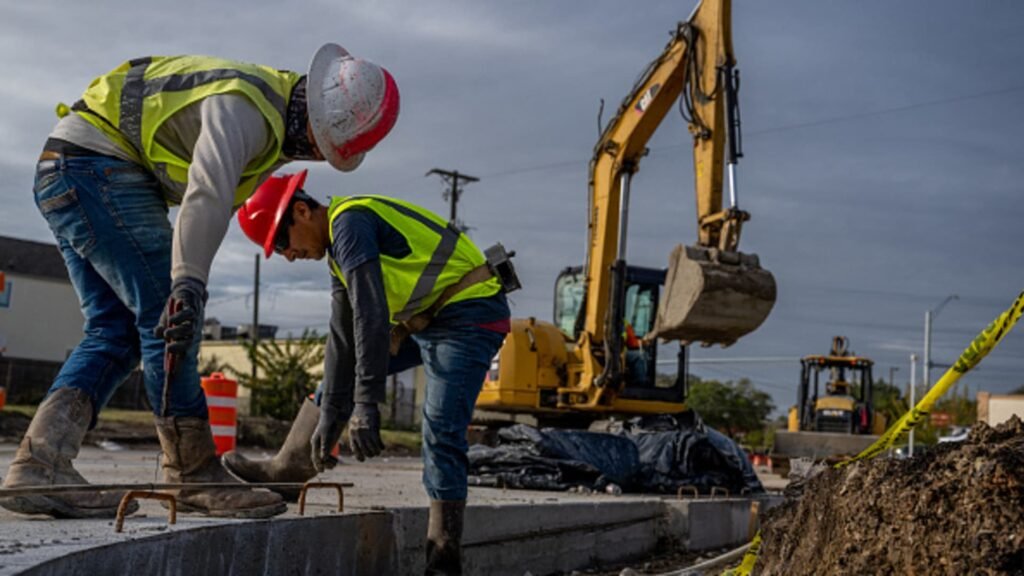E-state Nirman Nigam http://estatenirmannigam.in
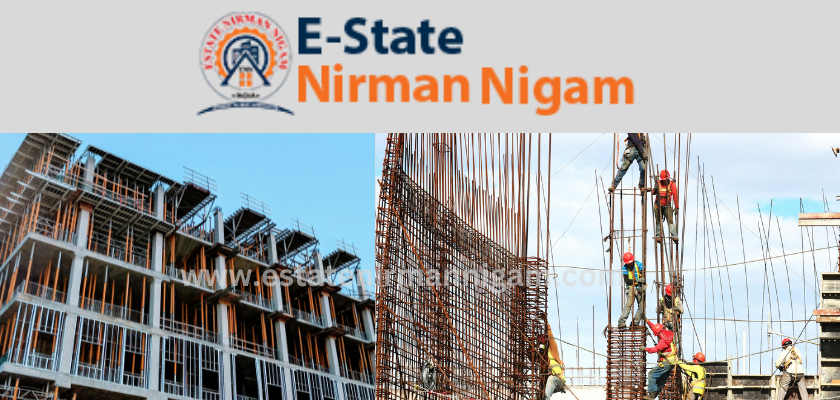
An architect is a professional who designs buildings, structures, and spaces that are functional, safe, and aesthetically pleasing. Architects play a vital role in the built environment, shaping the spaces we live, work, and play in. Their responsibilities extend from the initial concept and design phases to construction oversight and completion.
History of Architecture
Architecture has been a part of human culture for thousands of years, evolving across different civilizations and epochs.E-state Nirman Nigam http://estatenirmannigam.in
Ancient Civilizations: The history of architecture can be traced back to ancient times, with structures such as the Pyramids of Egypt, the Ziggurats of Mesopotamia, and the Parthenon in Greece showcasing early architectural brilliance.
Medieval and Gothic Architecture: During the medieval period, Gothic architecture emerged in Europe with its pointed arches, ribbed vaults, and flying buttresses.

Renaissance: The Renaissance period saw a revival of classical Greek and Roman styles, with architects like Michelangelo and Andrea Palladio making significant contributions.
Modern Architecture:E-state Nirman Nigam http://estatenirmannigam.in The modern movement in the 20th century, led by architects such as Le Corbusier and Frank Lloyd Wright, embraced minimalism, functionalism, and new materials like steel and glass.
Postmodern Architecture: Postmodernism, emerging in the latter half of the 20th century, rejected strict modernism in favor of more eclectic, decorative, and playful approaches.
Education and LicensingE-state Nirman Nigam http://estatenirmannigam.in
Becoming an architect requires extensive education and training. The process typically includes:
Education: Most architects have a degree in architecture, either a Bachelor of Architecture (B.Arch.) or a Master of Architecture (M.Arch.) degree from an accredited institution.

Internship: After graduation, aspiring architects usually complete a period of internship or apprenticeship under the supervision of a licensed architect.
Licensing: To practice professionally, architects must pass a series of exams to become licensed. Requirements vary by countryE-state Nirman Nigam http://estatenirmannigam.in and region, but in many places, it involves passing the Architect Registration Examination (ARE).
Continuing Education: Architects often engage in ongoing education to stay up to date with new materials, technologies, and design trends.

Types of Architecture
Architecture encompasses a
Licensing: To practice professionally, architects must pass a series of exams to become licensed. Requirements vary by countryE-state Nirman Nigam http://estatenirmannigam.in and region, but in many places, it involves passing the Architect Registration Examination (ARE).
variety of styles and specializations:
Residential Architecture: This focuses on designing homes, including single-family houses, apartment buildings, and condominiums.
Commercial Architecture: Commercial architects design buildings for business purposes, such as offices, retail spaces, and hotels.
Landscape Architecture: Landscape architects design outdoor spaces, including parks, gardens, and recreational areas.

Interior Architecture: This specialization involves designing interior spaces, including furniture layout, lighting, and materials selection.
Licensing: To practice professionally, architects must pass a series of exams to become licensed. Requirements vary by countryE-state Nirman Nigam http://estatenirmannigam.in and region, but in many places, it involves passing the Architect Registration Examination (ARE).
Industrial Architecture: Industrial architects design factories, warehouses, and other industrial facilities.
Sustainable Architecture: Sustainable architects focus on environmentally friendly design, including energy-efficient buildings and the use of recycled or renewable materials.
Licensing: To practice professionally, architects must pass a series of exams to become licensed. Requirements vary by countryE-state Nirman Nigam http://estatenirmannigam.in and region, but in many places, it involves passing the Architect Registration Examination (ARE).
Urban Planning: Urban planners design the layout and functionality of cities and towns, considering aspects such as transportation, public spaces, and infrastructure.
The Architectural Design Process

The process of architectural design involves several key stages:
Pre-design: This is the initial phase where architects gather information about the project, including site analysis, zoning laws, client requirements, and budget constraints.
Conceptual Design: Architects develop initial concepts and sketches, exploring different design ideas and potential solutions.E-state Nirman Nigam http://estatenirmannigam.in
Design Development: During this phase, architects refine their concepts, creating more detailed plans and specifications.
Construction Documents: Architects create detailed construction drawings and specifications that will be used by contractors to build the project.
Bidding and Negotiation: Architects may assist clients in selecting contractors and negotiating construction contracts.E-state Nirman Nigam http://estatenirmannigam.in
Construction Administration: During construction, architects may oversee the project to ensure it is being built according to the plans and specifications.
Project Closeout: Once construction is complete, architects conduct final inspections and assist in the handover of the project to the client.
The Role of Technology in Architecture

Advancements in technology have had a significant impact on the field of architecture:
Computer-Aided Design (CAD): CAD software allows architects to create precise and detailed digital drawings.
Building Information Modeling (BIM): BIM software provides a 3D model of a building, allowing architects to simulate and analyze various aspects of the design.E-state Nirman Nigam http://estatenirmannigam.in
Virtual and Augmented Reality: These technologies enable architects to create immersive experiences for clients, allowing them to visualize spaces before they are built.
Sustainable Materials and Systems: Advances in sustainable building materials and systems help architects create environmentally friendly designs.
The Importance of Architecture
Architecture plays a critical role in society for several reasons:
Functional and Safe Environments: Architects design buildings and spaces that meet the functional needs of their occupants while ensuring safety.
Aesthetics and Beauty: Architecture can enhance the visual apE-state Nirman Nigam http://estatenirmannigam.inpeal of a space, contributing to a sense of place and identity.
Cultural and Historical Significance: Architectural styles and landmarks can reflect the history and culture of a region.
Environmental Impact: Architects can influence the environmental impact of buildings through sustainable design practices.E-state Nirman Nigam http://estatenirmannigam.in
Economic Development: Well-designed buildings and spaces can attract businesses, tourists, and residents, contributing to economic growth.
Challenges in Architecture
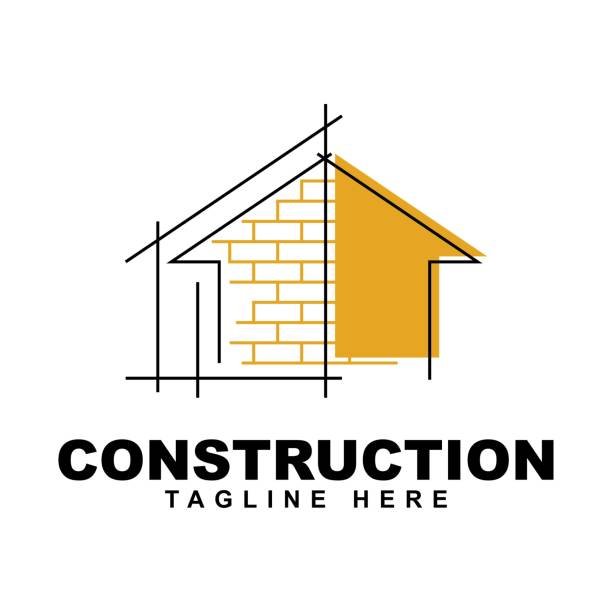
Architects face several challenges in their profession:
Balancing Aesthetics and Functionality: Architects must find tE-state Nirman Nigam http://estatenirmannigam.inhe right balance between creating visually appealing designs and meeting functional requirements.
Meeting Client Expectations: Architects must understand and fulfill the needs and preferences of their clients while staying within budget constraints.
Adapting to New Technologies: Architects must stay current with new technologies and materials to create innovative designs.
Sustainability and Environmental Concerns: AE-state Nirman Nigam http://estatenirmannigam.inrchitects must consider the environmental impact of their designs and strive for sustainability.
Regulatory and Zoning Challenges: Navigating local regulations and zoning laws can be complex and time-consuming.
ConclusionE-state Nirman Nigam http://estatenirmannigam.in
Architecture is a diverse and dynamic field that encompasses a wide range of specializations and styles. Architects play a crucial role in shaping the built environment, balancing functionality, aesthetics, and sustainability. Their work has a profound impact on society, influencing how we live, work, and interact with the world around us. As technology continues to evolve, architects must adapt and innovate to meet the challenges of the future while preserving the cultural and historical heritage of the past.E-state Nirman Nigam http://estatenirmannigam.in
